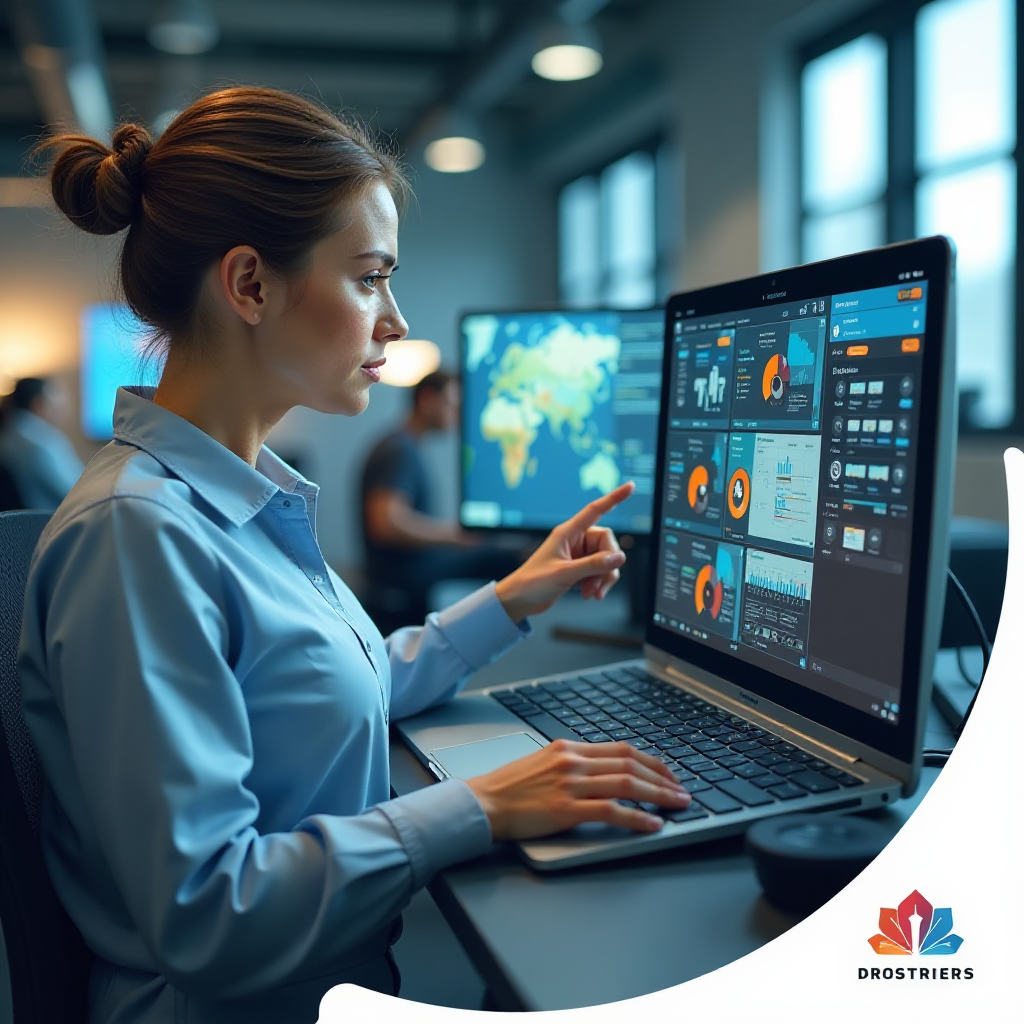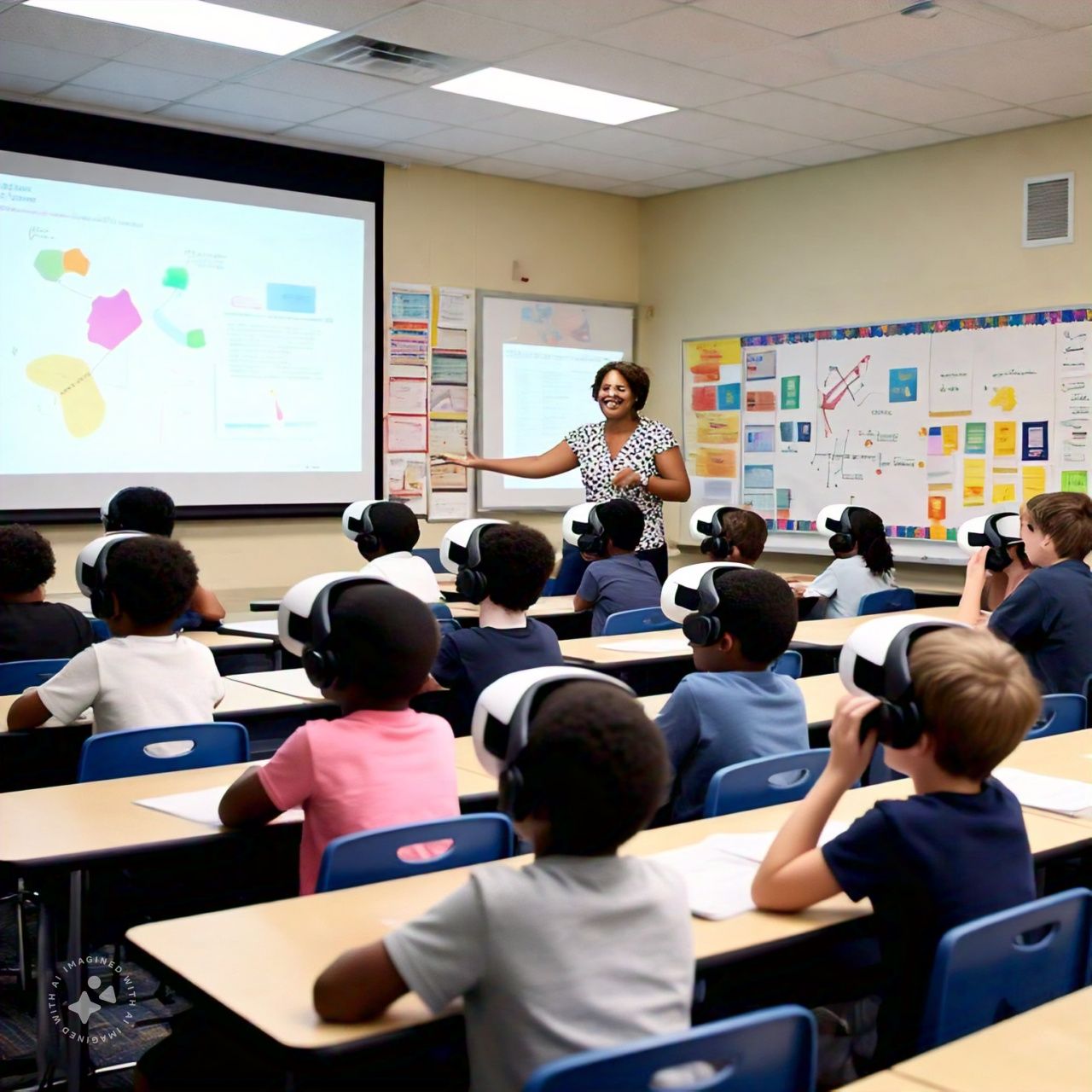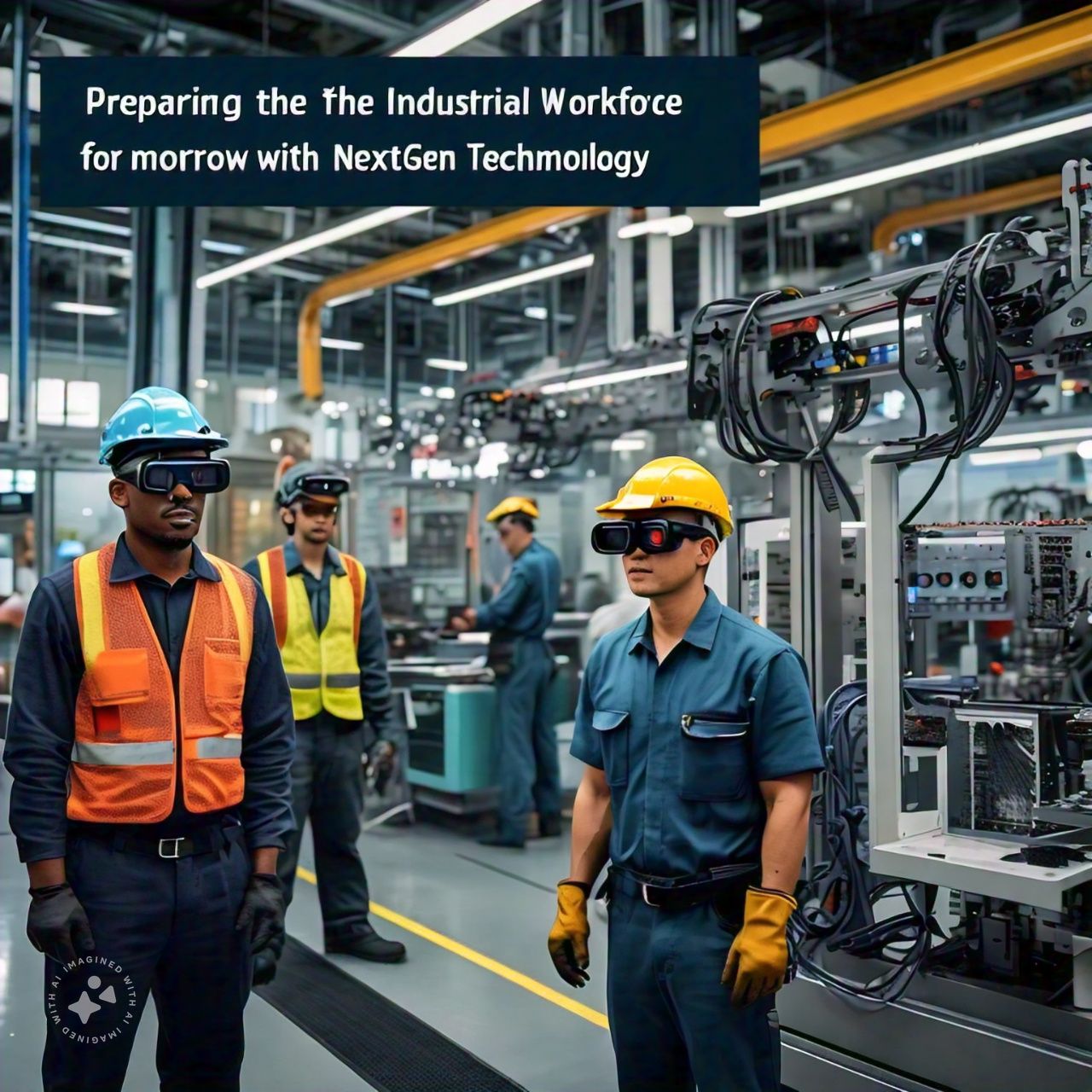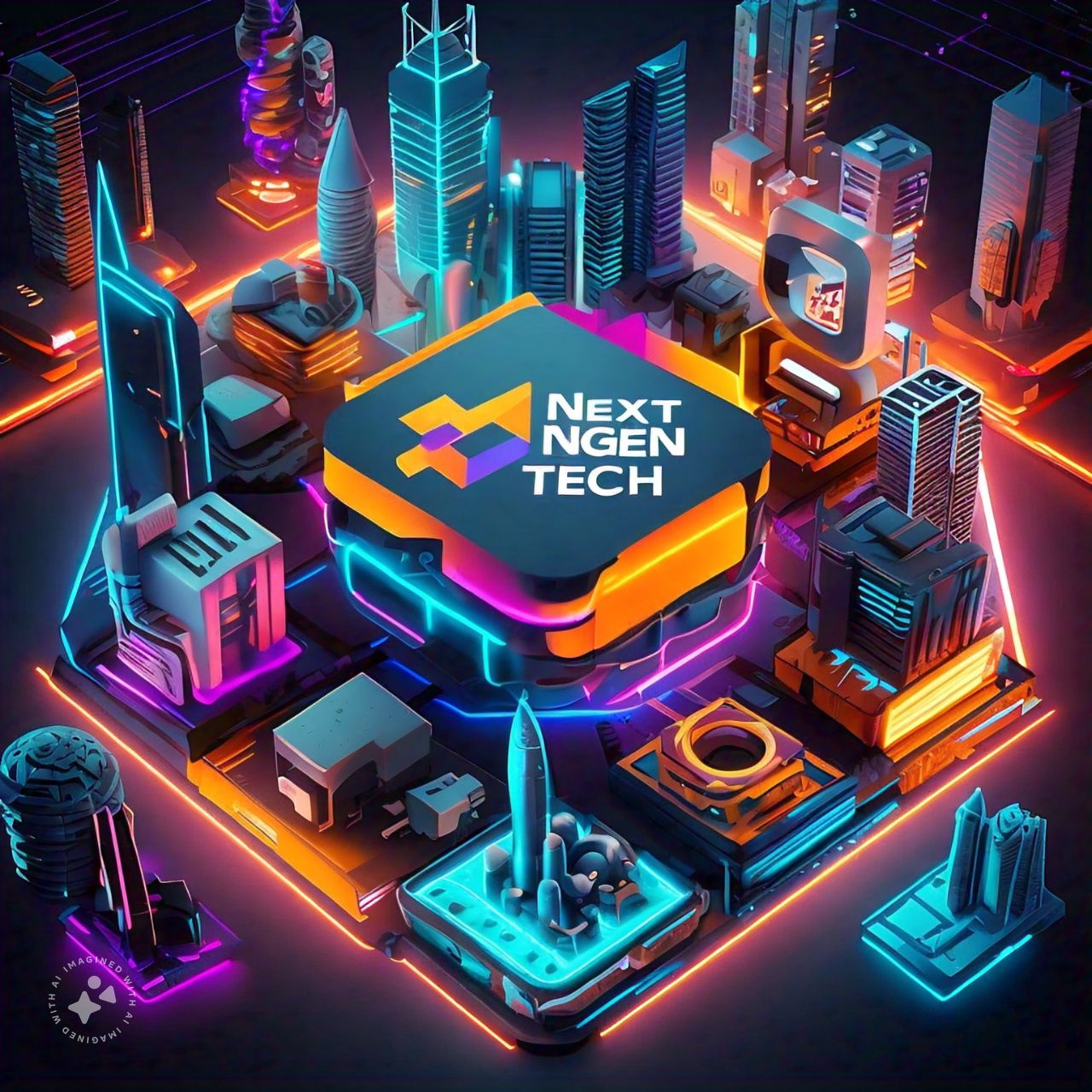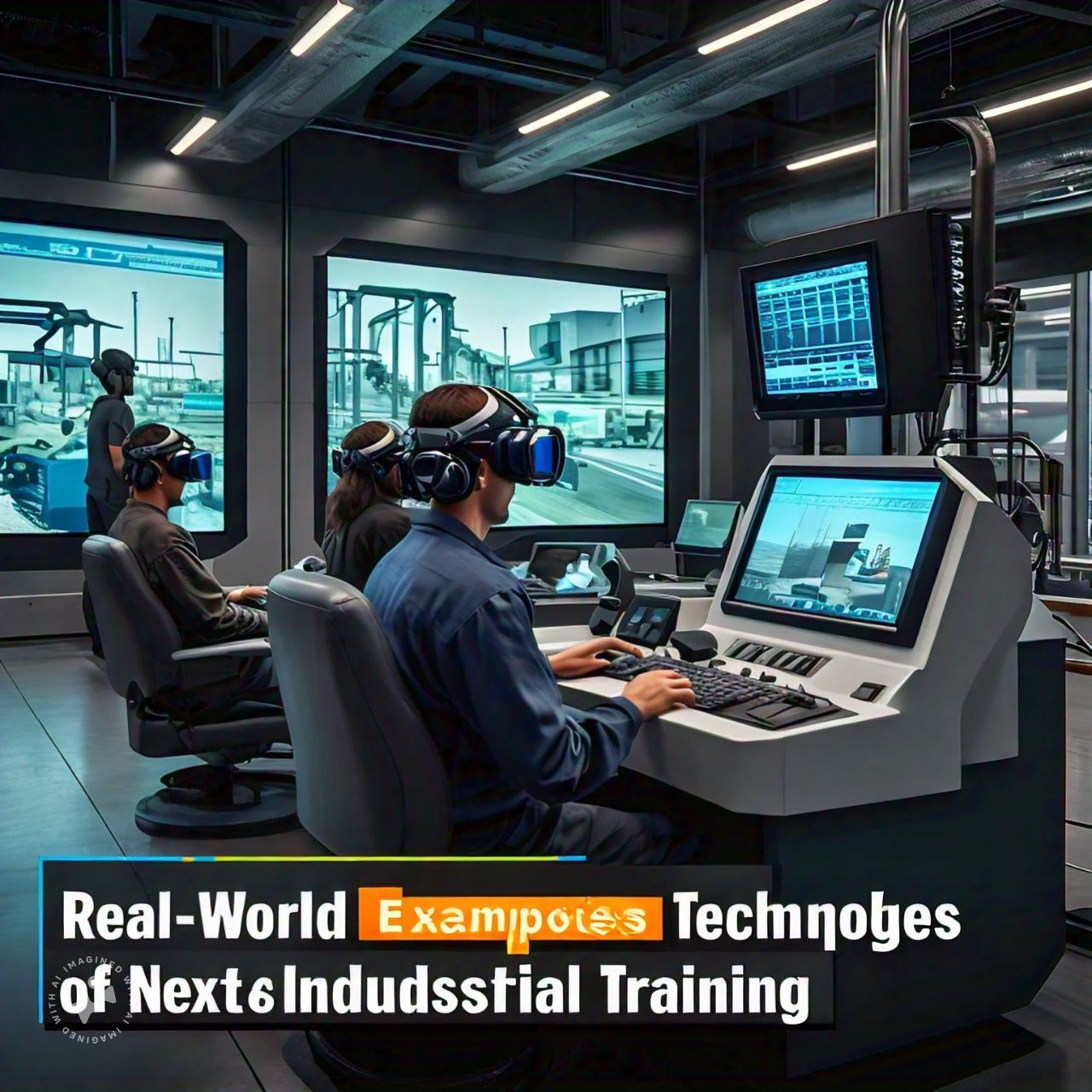
The world is witnessing a revolution in how industries approach training and skill development, thanks to NextGen Virtual Training. In a fast-evolving digital era, traditional training methods are being replaced by cutting-edge virtual solutions that offer immersive, interactive, and engaging experiences. This shift is not only enhancing the effectiveness of training programs but also allowing industries to scale and personalize training like never before. This article will explore how NextGen Virtual Training for Industry is changing the game across sectors and why it’s crucial for the future of workforce development.
What is NextGen Virtual Training?
NextGen Virtual Training refers to the latest advancements in virtual reality (VR), augmented reality (AR), and mixed reality (MR) technologies tailored specifically for training purposes across various industries. These technologies provide a simulated, 3D environment where employees can practice skills, learn new processes, and engage in scenarios that would be difficult or costly to replicate in the real world.
Whether it’s a high-risk scenario like firefighting, medical procedures, or even piloting a plane, NextGen Virtual Training offers a safe, controlled environment where trainees can develop their skills with minimal risk.
How NextGen Virtual Training is Revolutionizing Industries
NextGen Virtual Training is having a transformative impact across various sectors. From manufacturing to healthcare, construction to aviation, industries are leveraging virtual technologies to train employees in ways that were previously unimaginable.
1. Healthcare Industry
In the healthcare sector, VR and AR technologies are being used to train surgeons, nurses, and other medical staff in complex medical procedures. This allows trainees to practice surgeries or emergency care in a simulated environment without putting real patients at risk. NextGen Virtual Training for healthcare professionals also enables repeated practice, refining their skills to near perfection.
For instance, medical students can now perform virtual surgeries, while nurses can learn how to handle high-pressure situations in the emergency room through immersive simulations. These virtual experiences provide an unparalleled level of preparedness that traditional textbook-based learning cannot achieve.
2. Manufacturing and Engineering
In the manufacturing and engineering sectors, NextGen Virtual Training for Industry is proving invaluable. Employees can be trained on complex machinery and production lines in a virtual space, minimizing downtime and reducing the cost of errors. Additionally, VR simulations help workers understand the intricate details of machinery and safety protocols, resulting in fewer accidents and higher productivity.
For example, virtual reality training modules are being used in car manufacturing plants to familiarize workers with assembly line processes, equipment handling, and safety regulations. This real-time, hands-on experience in a virtual setting leads to quicker learning and better retention.

3. Aviation and Aerospace
Aviation has always been at the forefront of using simulators for training pilots. However, NextGen Virtual Training takes this a step further by creating hyper-realistic virtual environments where pilots and crew members can simulate real-world flight conditions, emergencies, and mechanical failures without any risk. The aviation industry is leveraging this technology to train not just pilots but ground staff, cabin crew, and even air traffic controllers.
This enhanced virtual training enables aviation professionals to gain experience in rare and extreme situations, such as engine failures or emergency landings, making them more prepared and improving overall flight safety.
4. Construction and Architecture
The construction and architecture sectors are also experiencing a revolution with NextGen Virtual Training for Industry. Construction workers can now be trained on-site virtually, which allows them to practice using heavy machinery, handling hazardous materials, and adhering to safety protocols, all within a risk-free environment. Architects and builders can also use VR to create virtual walkthroughs of their projects, enabling better planning and client presentations.
Virtual training in construction not only improves safety and reduces training costs but also accelerates the learning curve for new workers entering the field. This is especially valuable in high-risk environments like oil rigs or large-scale infrastructure projects.
Key Benefits of NextGen Virtual Training
NextGen Virtual Training offers several key benefits that are driving its adoption across industries:
- Cost Efficiency: Virtual training eliminates the need for expensive physical resources, such as training equipment, machinery, or space, making it more cost-effective.
- Risk Mitigation: Industries dealing with high-risk scenarios can train their employees without exposing them to actual danger, ensuring safety while building skills.
- Enhanced Engagement: The immersive nature of VR and AR keeps employees more engaged and motivated to learn, leading to better outcomes compared to traditional training methods.
- Scalability: Virtual training programs can easily be scaled, allowing businesses to train hundreds or even thousands of employees across different locations simultaneously.
- Flexibility: Virtual training offers a flexible learning environment where employees can train at their own pace and repeat exercises to gain mastery.
The Future of NextGen Virtual Training
As NextGen Virtual Training continues to evolve, its applications are only set to expand. With advancements in artificial intelligence, machine learning, and cloud computing, the next generation of virtual training platforms will offer more personalized, data-driven learning experiences. Trainees will receive real-time feedback, adaptive learning pathways, and AI-powered simulations that mimic real-world situations more accurately than ever before.
Industries that adopt NextGen Virtual Training now are positioning themselves to stay ahead of the curve, ensuring that their workforce remains agile, skilled, and ready for the challenges of tomorrow.
Conclusion
NextGen Virtual Training is more than just a technological innovation—it’s a game changer for industries seeking to enhance their workforce’s skills, reduce training costs, and improve safety. By providing immersive, engaging, and risk-free learning environments, virtual training is set to become the cornerstone of industrial training programs. As industries continue to evolve, those that embrace NextGen Virtual Training for Industry will be better equipped to stay competitive and thrive in an increasingly digital world.
FAQs
- What is NextGen Virtual Training?
NextGen Virtual Training refers to advanced virtual reality (VR), augmented reality (AR), and mixed reality (MR) technologies used for immersive and interactive training across industries. - Which industries benefit from NextGen Virtual Training?
Industries such as healthcare, manufacturing, aviation, construction, and engineering benefit greatly from NextGen Virtual Training by providing safer and more cost-effective training solutions. - What are the key advantages of NextGen Virtual Training?
NextGen Virtual Training offers cost efficiency, risk mitigation, enhanced engagement, scalability, and flexibility, making it a powerful tool for workforce development.

